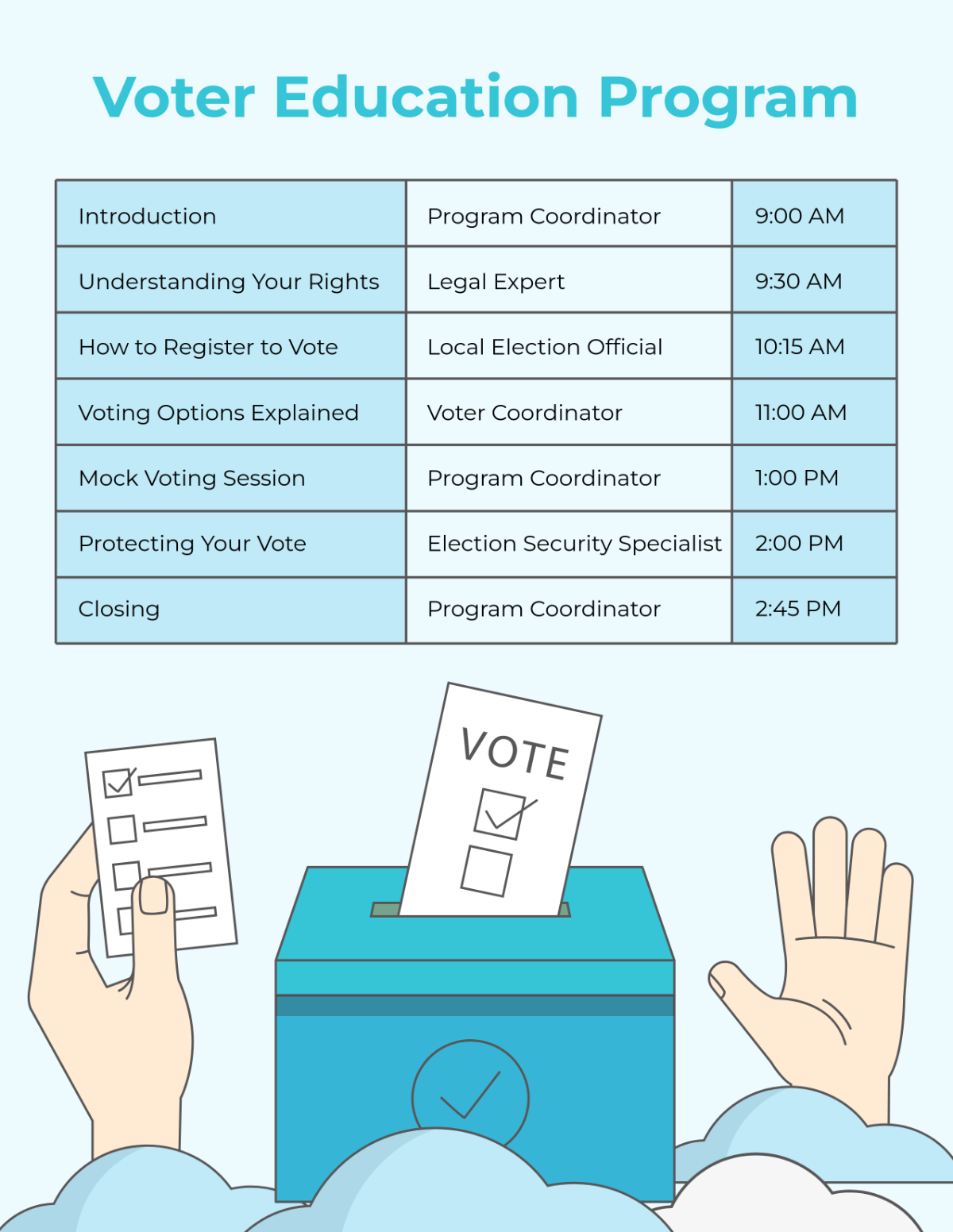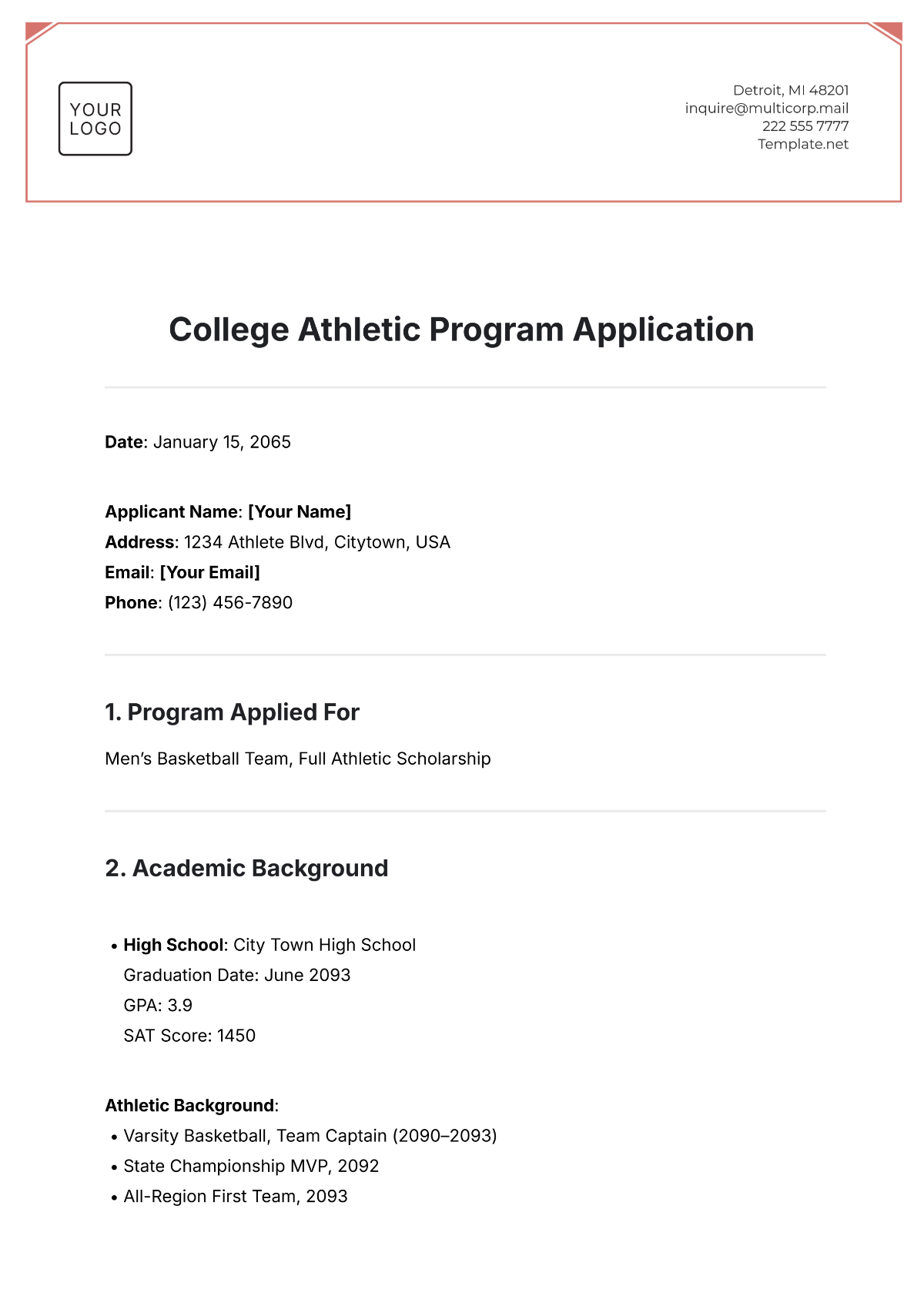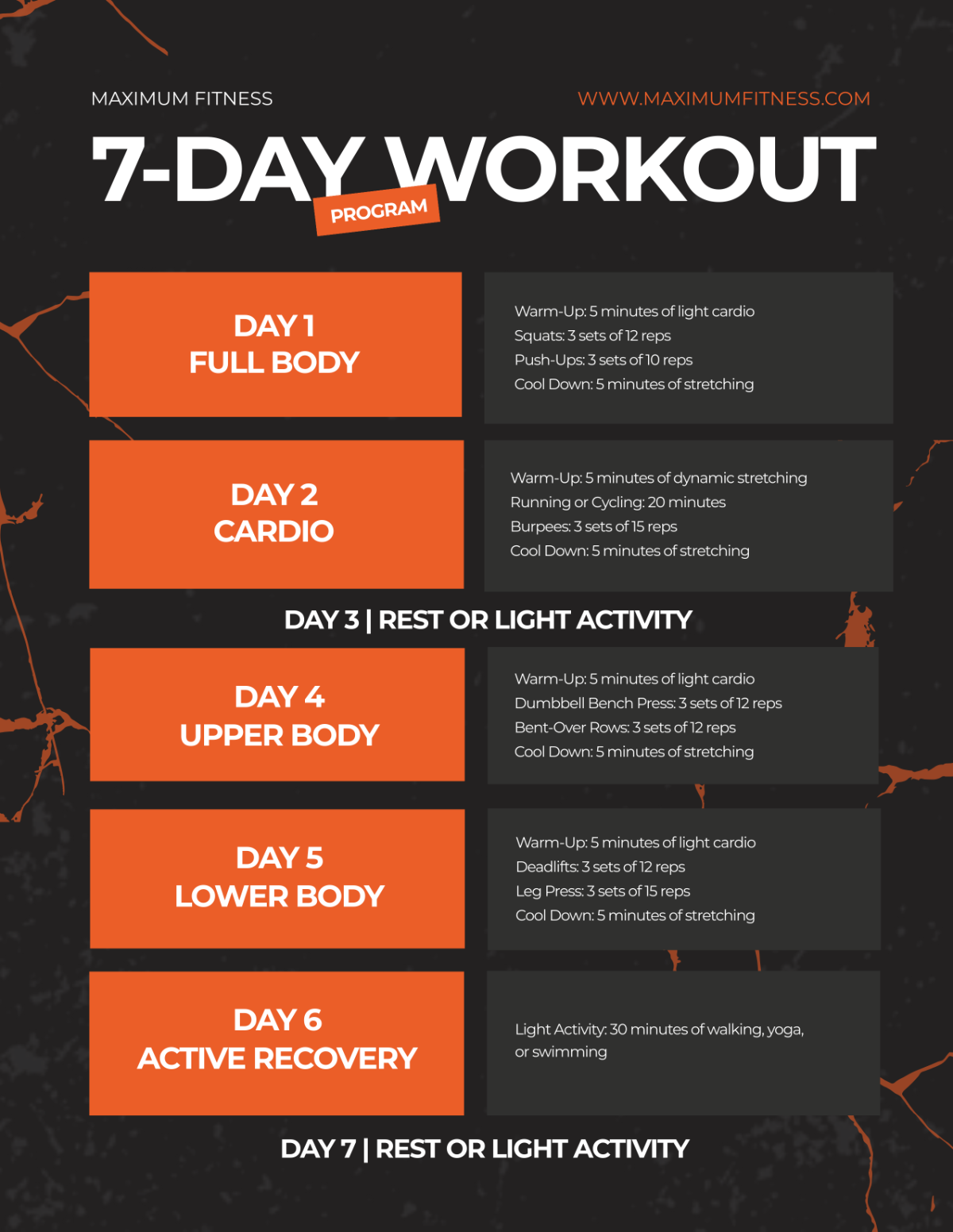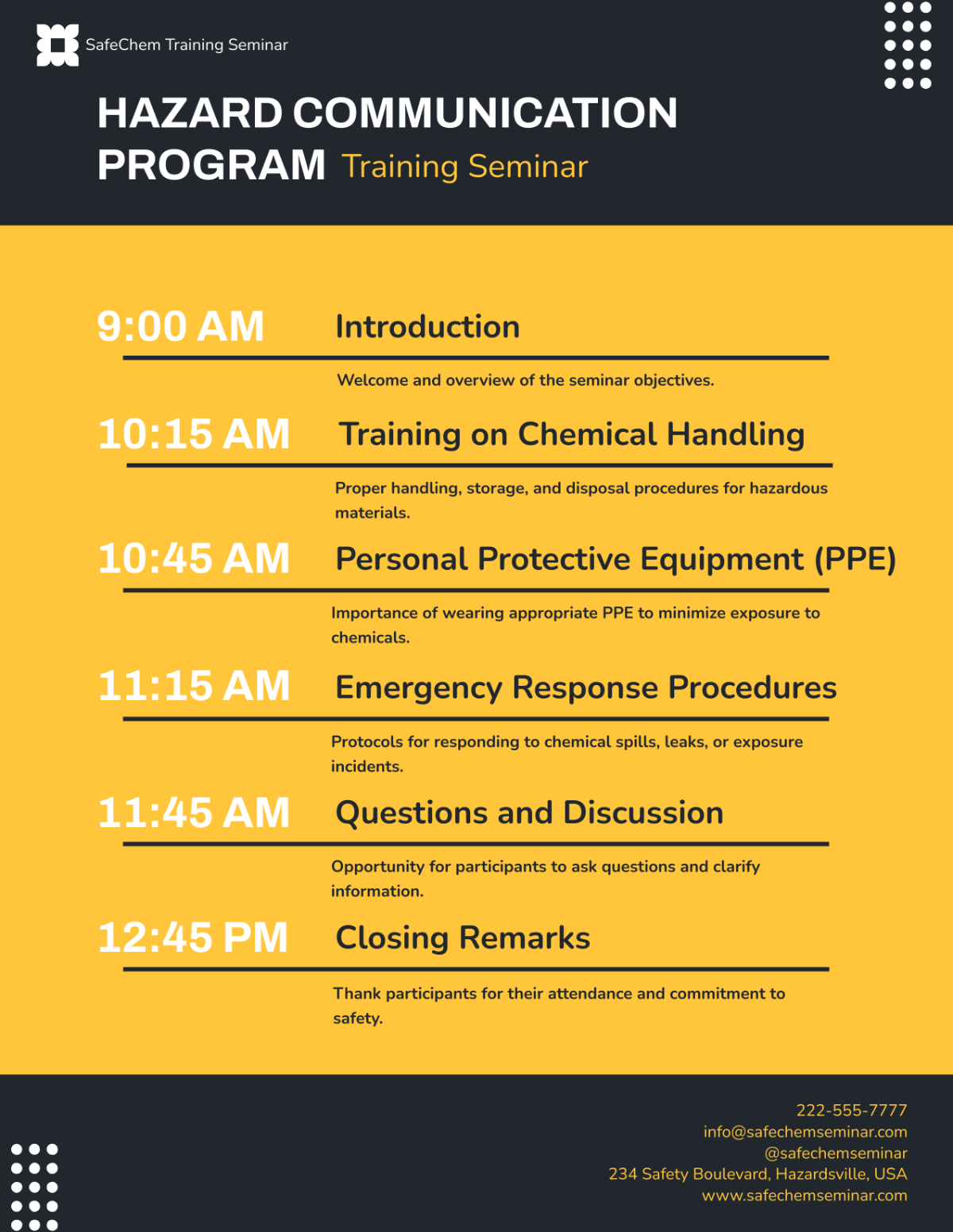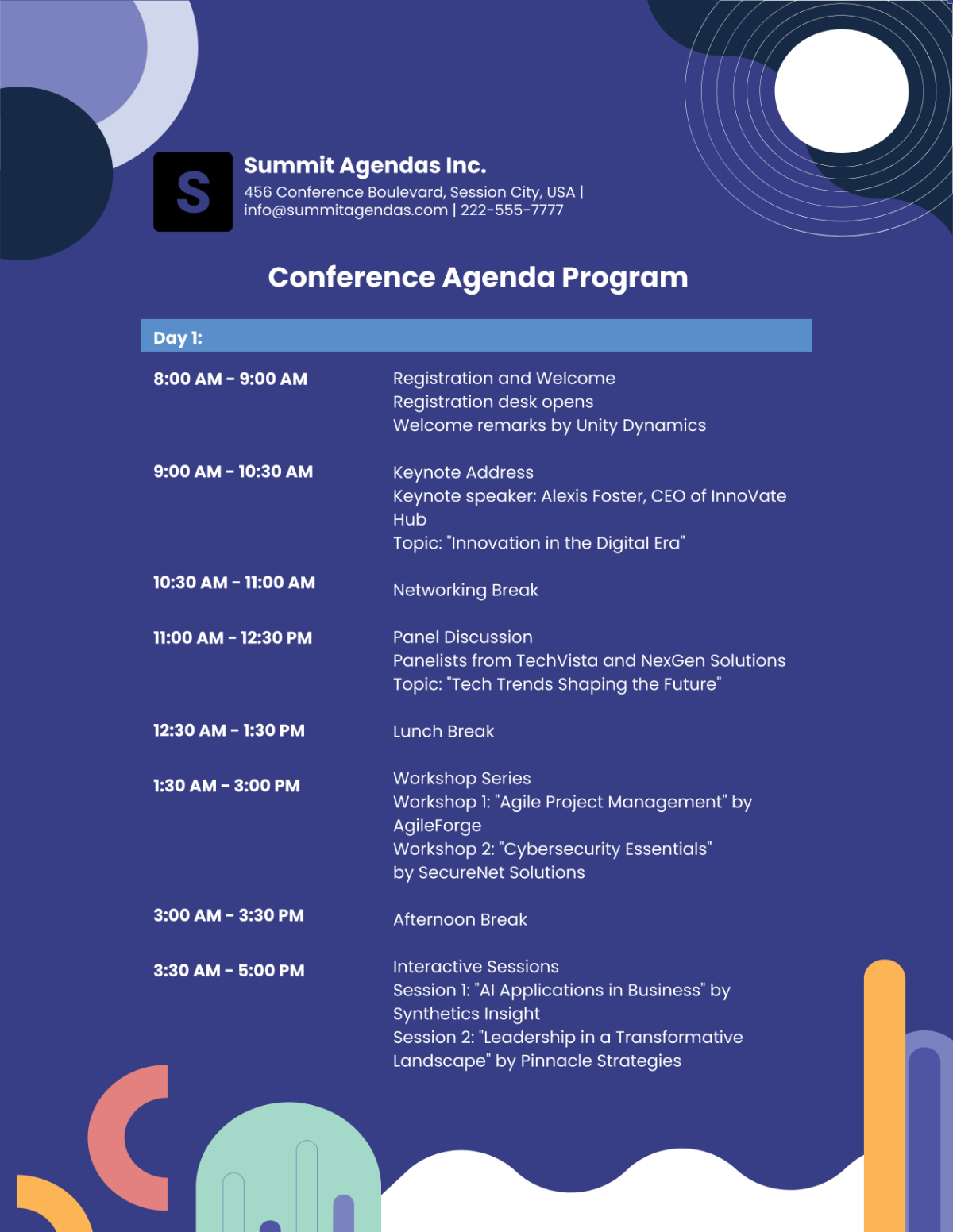Feasibility Study on Post-Sale Support Programs
I. INTRODUCTION
In a world where customer satisfaction and loyalty play pivotal roles in a company's success, post-sale support programs have emerged as a key differentiator. These programs encompass a range of services, from technical support to customer assistance, designed to ensure customers have a seamless and positive experience with your products or services after the initial sale.
Irrespective of the industry or sector, post-sale support programs are essential. They not only contribute to a better customer experience but also serve as a valuable source of feedback and data that can drive product improvement and innovation.
With the ever-increasing competition and changing customer expectations, [Your Company Name] recognizes the importance of evaluating the feasibility of post-sale support programs. This study aims to provide a comprehensive understanding of the potential benefits and challenges, ensuring that [Your Company Name] remains at the forefront of customer-centric strategies.
II. OBJECTIVES
A. Market Assessment
The Market Assessment objective involves a thorough examination of the demand and market potential for post-sale support programs. It will go beyond the surface level to understand customer preferences, emerging trends, and market dynamics. This objective will aim to:
Identify and quantify the size of the potential market for post-sale support services, encompassing various industries.
Analyze customer preferences, buying behavior, and evolving expectations in post-sale support.
Project future market trends and anticipate how these will influence the demand for post-sale support programs.
Identify potential target segments and their unique needs, allowing for tailored program offerings.
B. Competitive Analysis
The Competitive Analysis objective is to provide a comprehensive understanding of the competitive landscape. It will offer insights into who the key players are, the extent of their market share, their product/service offerings, and strengths and weaknesses. Specifically, it aims to:
Identify and profile key competitors in the market offering post-sale support services.
Analyze the competitive advantages and disadvantages of these players, including their market share and financial stability.
Understand the strategies competitors employ to capture market share and retain customers in the post-sale phase.
Determine potential gaps or opportunities for [Your Company Name] in light of the competitive landscape.
C. Technical Feasibility
In terms of Technical Feasibility, the objective is to assess the technical capabilities required to effectively implement post-sale support programs. It will go into granular details concerning the technology stack, infrastructure, and tools. The aim is to:
Determine the hardware, software, and infrastructure requirements for implementing post-sale support programs.
Evaluate the scalability and integration capabilities of technical solutions to meet potential future demands.
Assess the cybersecurity measures and data protection protocols to ensure customer data security.
Provide a technical roadmap for implementing post-sale support programs efficiently.
D. Financial Feasibility
This objective involves estimating the financial investment needed to initiate post-sale support programs and projecting potential returns and revenue generation. It aims to:
Provide a detailed breakdown of the initial capital required to launch post-sale support programs, covering equipment, personnel, technology, and marketing costs.
Forecast the potential revenue streams and profitability of the programs over a set timeframe.
Assess the return on investment (ROI) and establish key financial milestones.
Offer a sensitivity analysis to account for potential financial risks and variations in revenue.
E. Operational Feasibility
This objective focuses on understanding the operational requirements, including staffing, training, and process development necessary for the successful execution of post-sale support programs. Specifically, it seeks to:
Define the staffing structure required, including roles and responsibilities, and determine whether these resources are available internally or require external recruitment.
Develop a training plan to ensure that staff members possess the necessary skills and knowledge to deliver exceptional post-sale support.
Outline the operational processes and workflows required to efficiently deliver support services.
Evaluate the compatibility of post-sale support programs with the existing operational structure and workflows.
F. Risk Assessment
This objective identifies potential risks and challenges associated with introducing post-sale support programs. It will also provide strategies and contingencies to mitigate these risks. Specifically, it aims to:
Identify potential risks such as market volatility, changes in customer behavior, regulatory compliance, or technological disruptions.
Evaluate the potential impact and likelihood of these risks.
Develop a risk mitigation plan that outlines proactive measures to minimize potential disruptions.
Establish contingency plans for rapid response in case of unforeseen challenges.
III. METHODOLOGY
The methodology employed in this feasibility study is designed to provide a comprehensive and accurate assessment of the viability of post-sale support programs. It includes the following key components:
KEY COMPONENT | DESCRIPTION |
|---|---|
Primary Data Collection | In this phase, we will conduct surveys, interviews, and focus groups with potential customers and target market segments. This primary data collection will provide invaluable insights into customer needs, expectations, and preferences regarding post-sale support programs. |
Secondary Data Analysis | Extensive secondary data sources, including industry reports, market studies, and competitor analyses, will be utilized to understand market trends, competitive landscapes, and regulatory requirements. |
Technical Evaluation | The technical feasibility aspect of the study will involve assessing the existing IT infrastructure and technical capabilities of [Your Company Name]. This will determine the readiness and potential requirements for implementing post-sale support programs. |
Financial Modeling | Our financial analysis will encompass detailed cost estimations for launching and running post-sale support programs. This includes expenses related to staffing, training, technology investments, and ongoing operational costs. Revenue projections will be formulated, considering pricing models and potential customer uptake. |
Operational Assessment | The operational feasibility evaluation will examine the organization's readiness to implement post-sale support programs. This will entail assessing the staffing requirements, training needs, and operational processes necessary to ensure seamless program execution. |
IV. MARKET ANALYSIS
The Market Analysis section serves as a cornerstone in understanding the feasibility of post-sale support programs. It delves deep into the multifaceted aspects of the market, providing a comprehensive view of the landscape.
A. Market Demand
Phone Support shows the highest demand with 720 support requests, indicating that a significant number of customers prefer to seek support via phone communication.
Email Support follows closely behind with 450 support requests, signifying that email is another popular support channel.
Social Media has the third-highest demand with 510 support requests, highlighting the importance of maintaining a strong social media support presence.
Knowledge Base and Live Chat Support exhibit moderate demand with 620 and 380 support requests, respectively, showing that customers appreciate self-service options (knowledge base) and real-time online assistance (live chat).
In-person Support has the lowest demand, with 220 support requests, indicating that while in-person support might be valuable, it is less frequently utilized.
B. Customer Preferences
24/7 Availability (35%): The tallest bar on the chart indicates that 35% of customers highly value 24/7 availability of post-sale support services. Customers expect support assistance at any time, day or night.
Prompt Response Time (25%): The second-highest bar, with 25%, signifies that a significant portion of customers value a quick response time from support staff. They expect timely assistance when they have an issue.
Knowledgeable Support Staff (20%): The third bar, representing 20%, suggests that many customers prioritize having support staff who possess deep knowledge and expertise to resolve their queries effectively.
Multi-Channel Support (10%): This bar, at 10%, indicates that some customers prefer having multiple support channels, such as phone, email, and chat, available for their convenience.
Easy Access to Knowledge Base (5%): A smaller portion of customers (5%) look for easy access to a knowledge base, indicating they prefer self-help options.
Personalized Support (3%): Only a small percentage of customers (3%) prioritize receiving personalized support tailored to their needs and issues.
Proactive Issue Resolution (2%): An even smaller fraction of customers (2%) value support services that take a proactive approach to resolve issues before they become problems.
V. TECHNICAL FEASIBILITY
The technical feasibility assessment is a critical component of this study and thoroughly examines the technological prerequisites for successfully implementing post-sale support programs. It encompasses the following aspects:
A. IT Infrastructure
Current IT Infrastructure Assessment: Our existing IT infrastructure consists of up-to-date servers, network systems, and data centers. We will conduct a thorough evaluation to ensure that the infrastructure is equipped to handle the increased data flow and operational requirements of post-sale support programs.
Compatibility Assessment: We will determine whether the current IT infrastructure supports the necessary software applications and tools required for post-sale support. This includes assessing the compatibility of our servers and network with the software stack.
Upgrade Considerations: If necessary, we will consider hardware upgrades or expansion to accommodate the increased load and maintain optimal performance.
B. Software and Tools
Software Suitability: Our current software applications, including the CRM system, ticketing software, and communication tools, will be assessed to confirm their suitability for post-sale support program requirements.
Integration Assessment: We will examine the capability of our existing software to integrate seamlessly with new tools or platforms required for post-sale support. If needed, we will explore potential integrations with third-party solutions.
Custom Software Development: Should our existing software fall short of meeting specific requirements, we will assess the feasibility of custom software development to bridge the gap.
C. Data Management
Data Security Measures: We will evaluate our data security measures, including encryption protocols, access controls, and data protection policies. The assessment aims to ensure that customer data is securely stored and accessed in compliance with data protection regulations.
Data Analytics Capability: We will review our current data analytics capabilities to determine whether they align with our goals of deriving actionable insights from customer feedback and support interactions. If necessary, we will consider enhancements to our data analytics tools.
Data Backup and Recovery Protocols: A comprehensive evaluation of data backup and recovery procedures will be conducted to mitigate data loss risks. This includes reviewing the frequency of backups, storage locations, and recovery testing.
E. Technical Training
Workforce Competency Assessment: We will assess the technical competencies of our workforce to identify training needs. This evaluation will determine the level of familiarity with software applications, data handling best practices, and troubleshooting procedures.
Training Program Development: Based on the assessment, we will design a training program to upskill our employees, ensuring they are well-prepared to operate the technical aspects of post-sale support programs.
F. Scalability
Scalability Assessment: We will evaluate the scalability of our technical infrastructure to handle potential growth in post-sale support programs. This assessment includes a review of server capacity, network bandwidth, and the ability to accommodate increased data volumes and customer interactions.
VI. FINANCIAL FEASIBILITY
A. Initial Investment
To establish these support programs successfully, an initial investment of approximately $1.5 million will be required. This includes:
Items | Amount |
|---|---|
Technology Acquisition | $600,000 |
Training and Staffing | $300,000 |
Marketing and Promotion | $200,000 |
Infrastructure Upgrades | $400,000 |
Total Initial Investment | $1,500,000 |
Technology Acquisition: $600,000 for procuring customer relationship management (CRM) software, support ticketing systems, and knowledge base tools.
Training and Staffing: $300,000 allocated for training the support team and hiring additional support staff.
Marketing and Promotion: $200,000 for marketing campaigns to promote the support programs.
Infrastructure Upgrades: $400,000 for necessary upgrades to IT infrastructure to accommodate increased traffic and data storage requirements.
B. Operating Costs
To ensure the smooth operation of post-sale support programs, recurring monthly expenses are estimated at $150,000. These ongoing operational costs will cover:
Item | Amount |
|---|---|
Staff Salaries | $80,000 |
Training and Development | $10,000 |
Software Licensing and Maintenance | $20,000 |
Other Operational Expenses | $40,000 |
Total Operating Costs | $150,000 |
Staff Salaries: $80,000 monthly to maintain a highly skilled and dedicated support team.
Training and Development: $10,000 monthly for continuous training and skill development.
Software Licensing and Maintenance: $20,000 monthly for software licenses and system maintenance.
Other Operational Expenses: $40,000 per month for miscellaneous operational expenses.
C. Revenue Projections
Based on our market analysis, we anticipate achieving a customer acquisition rate of 1,000 new subscribers per month. Subscription fees for our post-sale support programs are $50 per month per customer. We also anticipate upselling additional services to 20% of our subscribers. This results in a projected monthly revenue of $70,000 and annual revenue of $840,000.
D. Return on Investment (ROI)
The return on investment is expected to be realized within 24 months. Over the first five years of program operation, we forecast a cumulative profit of $3.5 million.
E. Break-Even Analysis
Our break-even point is estimated to occur in the 14th month of operation. This means that, by the end of the first year, we expect to have covered all initial investments and start generating a profit.
F. Funding Options
To cover the initial investment, we are considering a combination of internal budget allocation and seeking external investment. While $800,000 will be allocated from our internal budget, we are exploring external investment opportunities to secure the remaining $700,000.
VII. RISK ASSESSMENT
A comprehensive risk assessment is vital to understand and mitigate potential challenges that may arise while implementing post-sale support programs. Identifying and addressing these risks in advance will help in smoother program execution.
A. Customer Feedback Management
Effective customer feedback management is key to identifying and addressing emerging issues promptly. Establish mechanisms for collecting and analyzing customer feedback to ensure that customer concerns are addressed promptly.
B. Resource Allocation
Allocate the necessary resources, both financial and human, to support the program's ongoing operations. Ensure a budget for continuous training, technology upgrades, and staff retention to maintain the program's effectiveness.
C. Data Security and Privacy
Address concerns related to data security and privacy, especially if the program involves handling sensitive customer information. Implement robust data protection measures and ensure compliance with relevant regulations to build customer trust.
D. Competition and Market Changes
Keep a vigilant eye on the competitive landscape and market dynamics. Be prepared to adapt and evolve the post-sale support programs in response to changing customer expectations, emerging technologies, and competitive shifts.
E. Scalability and Growth
Consider the scalability of post-sale support programs as your business expands. Anticipate the need for additional staff, resources, and infrastructure to accommodate growing customer demands.
VIII. CONCLUSION
The culmination of this feasibility study provides a well-rounded perspective on the prospects and considerations surrounding the implementation of post-sale support programs for [Your Company Name].
In sum, this feasibility study underscores the feasibility of launching post-sale support programs for [Your Company Name]. The evidence is compelling, and the potential benefits are evident. By embarking on this journey, the company can enhance its customer-centric approach, drive revenue growth, and position itself as a leader in delivering exceptional post-sale support services.
The recommendations arising from this study strongly advocate for [Your Company Name] to seize the opportunity and commence the planning and implementation of post-sale support programs. In doing so, the company can pave the way for greater customer satisfaction, loyalty, and success across various industries.










